It’s 7 a.m., and you’re already disgusted with yourself.
You planned to go for an early run, but when your alarm sounded, you hit snooze. Then you hit it again. After the third time, your partner told you to “shut that damn thing off!”
Now here you are: About to embark on yet another overscheduled day, and you’ve blown your one chance for some exercise.
And you’re left wondering:
“Why can’t I get motivated to work out in the morning?”
As a sleep scientist and professor of medicine at UCLA, I can tell you with confidence: Repeatedly hitting the snooze button has nothing to do with motivation. The real problem: You’re just not getting enough sleep.
This probably isn’t a revelation, of course. People complain about needing more sleep all the time. But what to do about it? That’s where many folks could use some help.
The good news: Getting a truly restorative night’s rest is within your reach.
The key is understanding the biological factors that influence your (or your client’s) ability to fall asleep, stay asleep, and wake feeling rested.
This article is your how-to guide—for how to sleep better.
It’ll help you optimize your natural 24-hour sleep/wake cycle, so you can feel more energetic, mentally sharp, and emotionally strong—every waking hour of your day.
+++
The biology of sleep
While we often have lots of wants and desires around sleep, we can’t influence it with motivation, willpower, or attitude. (At least not for long.) Anyone who’s ever experienced insomnia or fallen asleep in an embarrassing situation can tell you that.
Sleep is a biological necessity akin to drinking water.
Think about it like charging your phone. You drain your battery power during the day, and you need to recharge at night. (Or else.)
During sleep, a few really important things happen. First, your body restores and rebuilds. Sleep lowers a host of inflammatory biomarkers and boosts recovery hormones.
Sleep is also the time when your brain consolidates information learned during the day and stores it in long-term memory. This is true both for our social and emotional experiences and for “muscle memory.”
In reality, there are likely dozens of unknown biological and psychological benefits to a good night’s sleep that are yet to be discovered.
Ultimately, the biological process of sleep is controlled by three factors.
3 factors that control your sleep
To understand sleep, don’t think about it as an isolated daily event, but rather as a 24-hour sleep/wake pattern.
Day and night are linked in a continuous loop. One night’s sleep impacts the next day’s wakefulness, which impacts the next night’s sleep. And so on.
You can probably relate. After all, everyone’s familiar with the concept of “catching up on sleep” after a late night out. But this oversimplification is what leaves many people dragging.
To fully explain, let’s start with what’s known as the 2-process model of sleep regulation. According to this theory, first proposed over 30 years ago, two main factors interact to orchestrate seamless transitions between sleep and wake:
- Sleep Drive (Process S)
- Circadian Rhythm (Process C)
These factors align to the 24-hour light/dark cycle.
Here’s a look at each, along with a third factor, your fight-or-flight response.
Factor #1: Sleep Drive (Process S)
Sleep drive is a biological “hunger” for sleep that accumulates while you’re awake. Quite simply, the longer you’re awake, the more likely you are to fall asleep. We all know that from experience, of course. But the “why” is what’s interesting here.
It starts with an inhibitory neurotransmitter called adenosine [uh-DEN-uh-seen].
A byproduct of cellular metabolism, adenosine lowers your brain activity and makes you feel sleepy. During your waking hours, as cells busily make energy, adenosine levels rise faster than your body can clear them.
The higher your adenosine, the higher your sleep drive.
While we sleep, however, adenosine is metabolized and other waste products are cleared from our brains. The result: If we sleep long enough, we wake up feeling well-rested and alert.
Let’s go back to our phone example: Just like your phone’s battery needs a certain amount of time to fully recharge, your body needs a certain amount of sleep to effectively lower your adenosine levels.
Otherwise, you won’t adequately reduce your sleep drive—or “recharge your battery”—and will likely be tired the next day.
If this increased sleepiness nudges you to go to bed earlier, it can be a good thing, especially if you make that earlier bedtime a habit.
On the other hand, it can work against you if, instead, you try to catch up on a weekend by sleeping in until 10 a.m.
Sure, you might wake feeling great because you’ve adequately lowered your adenosine levels, and thus, your sleep drive. But the problem occurs later, when you hop into bed at 10 p.m., aiming to get a good night’s sleep before Monday morning.
No matter how hard you try, you just can’t fall asleep.
Why? You’ve only been awake for 12 hours. For an adult, this isn’t enough time.
After a good night’s rest, most people need to be awake around 16 hours before they feel sleepy. (This number can vary depending on the person, especially if you’re not sleeping well.)
Even if you do fall asleep, you might wake up in the middle of the night, having satisfied your sleep need with just a few hours. (Hello, ceiling.)
Factor #2: Circadian Rhythm (Process C)
Your circadian rhythm is a 24-hour biological clock that controls how alert you feel. It fluctuates throughout the day, sending out “circadian alerting signals.”
These alerting signals can either ramp up and override your sleep drive (keeping you awake) or quiet down and allow you to succumb to it (causing you to feel sleepy).
The chart below shows how these two systems—sleep drive and circadian alerting signals—interact.
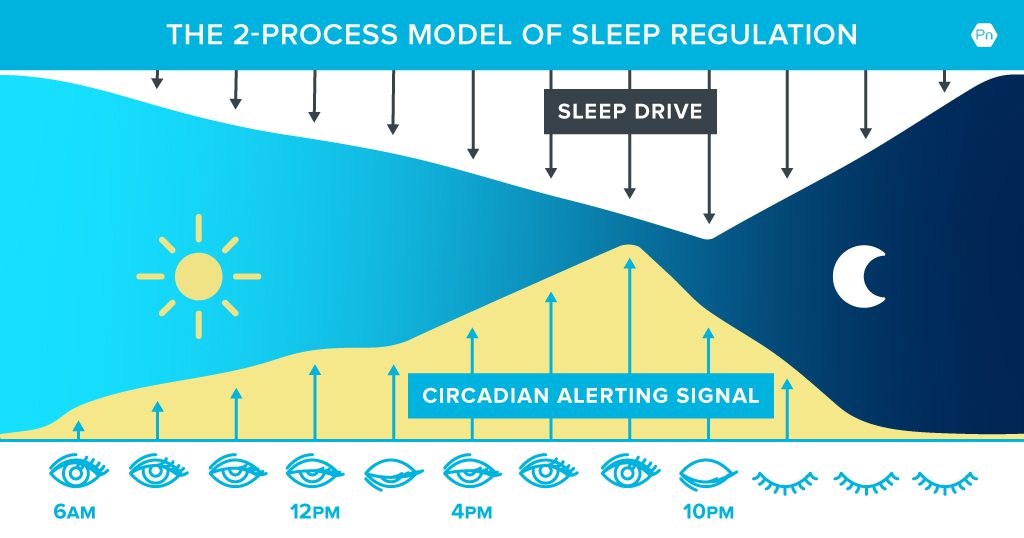
The biological actions of your circadian clock explain a couple of common experiences.
Experience 1: You’re sleepy after lunch. This typically has nothing to do with food. About eight to nine hours after our usual rise time, our circadian alerting signal quiets down a bit. This can allow sleep drive to temporarily “overpower” it, causing drowsiness. (Even if you’ve had a good night’s sleep.)
In some cultures, people use this as an opportunity for “siesta.” If you lay down in a quiet place, it’s pretty likely you’ll fall asleep. It’s also why many people opt for a caffeine boost. (To learn about the role of napping, read The truth about naps below.)
Experience 2: You get a “second wind” as bedtime approaches. Once you’ve been up for 14 or 15 hours, your internal clock has to work hard to keep you awake. (Since your sleep drive is now very high.) As a result, your circadian alerting signal is at its highest in the last few hours before bedtime.
Yes, that’s counterintuitive.
No one knows exactly why this happens, but one theory is that there’s an evolutionary benefit: Instead of falling asleep right when the sun goes down, your second wind ensures you have enough energy to prepare a safe place to sleep (put wood on the fire, check your environment, make sure your kids are good, cover the opening of your cave).
Ever feel exhausted when you get home from work, but then a bit more energetic later in the evening? That’s your second wind.
But don’t be fooled. Once your alerting signal quiets down, you’ll fall asleep. For instance, at 9:30, you might feel like you can stay awake for a whole movie, but by 10:30 your partner is taking a video of you snoring on the couch.
Factor #3: Fight-or-Flight Response (Process W)
There’s one more factor that plays an important role: your fight-or-flight response. Some experts refer to this as Process Wake, or Process W.
When your brain thinks you’re in danger, it won’t let you fall asleep. Imagine again that you’re a cave-dwelling human in ancient times. Just as you’re settling down for the night, you hear a bear outside making noise.
You start to worry about whether the bear will enter your cave and attack you. You lie perfectly still, but you can’t fall asleep.
In modern times, bears aren’t a big concern. But our modern stressors—work deadlines, kids having trouble in school, credit card debt, or parents who are ill—have a similar effect. Our stress response is the same, and it keeps our brains awake. (Read more: Do you have a Stress Bod?)
6 questions that can transform your sleep
Question #1: How long will you sleep?
Each day, our brain and body accumulate a need for a certain amount of sleep. This isn’t the same for everyone, but the vast majority of healthy adults need between seven and nine hours of sleep each night.
To figure out how many hours you personally need, consider the routine you tend to settle into after a few days of vacation. How many hours do you usually get when you don’t bother to set an alarm clock—and when you wake feeling rested? That’s the number of hours you’ll want to shoot for every night.
Question #2: What time will you (consistently) wake up?
If you want to reprogram your sleep pattern, this question is crucial.
That’s because the strongest signal to your biological clock is when you wake. When your get-up time is consistent, your internal clock will recognize that as the time to start producing circadian alerting signals.
There’s another good reason to start with your get-up time: You have less control over it. Based on your daily responsibilities, there’s probably a limited range of possible rise times. Once you choose one, you can then work backward to figure out your bedtime (Question #3).
In selecting the time you wake up, it’s critical that you consider your own natural tendencies.
If you’re a “night owl,” a 5 a.m. run might not be the best plan. On the flip side, if you enjoy mornings, getting up for a workout might be a great start to your day.
In any case, don’t try to make a drastic shift all at once.
Start with your current usual rise time—that is, the time you actually get up. Then move it a half-hour earlier every three to four days. This approach makes it less likely that you’ll have trouble falling asleep at your new bedtime.
Once you’re awake, expose yourself to light right away.
If you tend to feel sluggish in the morning, combine the light exposure with some movement. It doesn’t need to be a full workout: Walk your dog around the block or just do some simple chores.
Question #3: What time will you go to bed?
After you’ve established your planned wake-up time, think about how much sleep you need.
Take the number of hours of sleep you need to feel fully rested, and count backward from your planned rise time. Let’s say you plan to wake at 5 a.m., and you know you need 7.5 hours to feel rested. That means your bedtime should be 9:30 p.m.
If you get to this point, and think, ‘Are you kidding me? This bedtime is impossible!’, go back to Question #2, and reconsider your rise time.
For example, let’s say you need eight hours of sleep and want to get up at 5 a.m. But there’s a problem: You have to pick your kid up from theater practice at 9 p.m., so the math doesn’t work.
You now have two choices: Find a ride home for your child, or set a later rise time. While getting up later may not be ideal for your goals, it may be the practical tradeoff you need to make.
And if you still can’t make the math work? The truth about naps (below) gives you another option.
The truth about naps
You might’ve heard naps are good for you.
But as usual, the real answer is, “It depends.”
When naps are good: If they’re part of your sleep plan. My favorite example: The South of Spain where they nap every day. Businesses close, people go home, and a daily siesta is a normal part of their lifestyle and culture.
When naps aren’t so good: If they’re used to make up for a tough night of insomnia. This will lower your sleep drive, and make it harder to fall asleep and/or stay asleep the following night.
The big questions: Can you build napping into your routine consistently? And do you need to?
Most people can’t accommodate a daily nap because workplaces don’t shut down, and protecting the time for sleep isn’t easy.
But there are exceptions. For instance, perhaps you’re a personal trainer who sees clients in the mornings and evenings. Your work schedule may make it difficult for you to fully recharge overnight.
Or you might be a parent with young children who nap. Getting up early to work out, and then taking a nap when your kids do, might be a great solution.
So, in some cases, it can be both realistic and smart for you to schedule an afternoon nap as part of your daily sleep routine.
If that’s your situation, take your nap about eight to nine hours after your rise time. Most folks feel better after a short nap (about 20 minutes) or after a long nap (90 minutes), but not in between. (This has to do with sleep stages.)
Remember, though: The longer your nap, the more it will lower your need for sleep that same night. So plan ahead, and use with caution.
Question #4: What can you do to make your bedtime a reality?
When making decisions about how you spend your time each evening, think about how your choices impact your sleep.
One hour before bedtime
Avoid activities that get you energized or “amped up.” For most people, this isn’t the best time to pay bills or read the news.
On the other hand, folding laundry, editing photos, or online shopping are probably fine.
Note: If you plan to use a device during this time window, consider blue-light blocking lenses (or using “night mode” on your devices) to limit blue light exposure this close to bedtime.
You also want to avoid activities that make you fall asleep too early.
The chart below provides some general guidance, but pay attention to your own experiences and act accordingly.
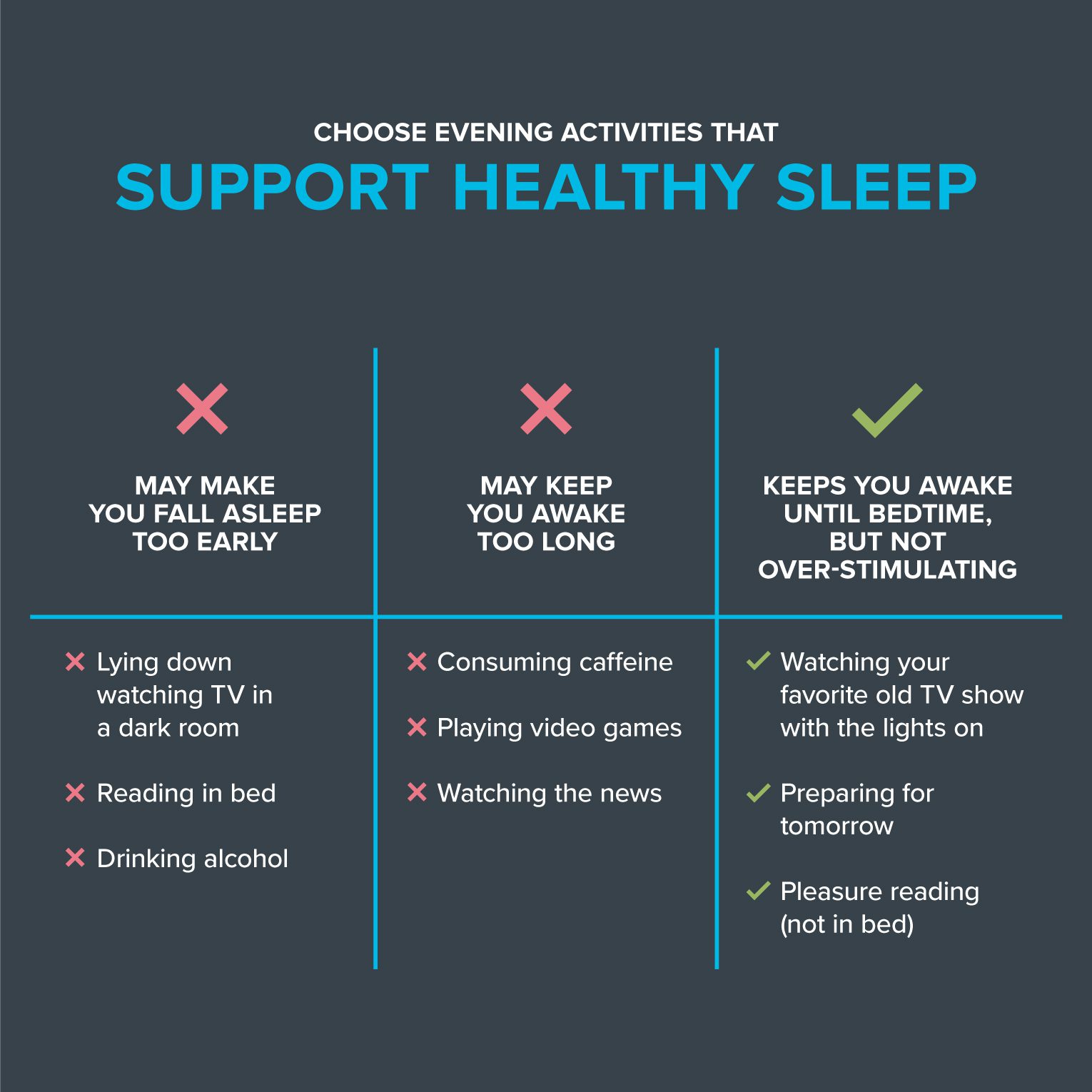
One half-hour before bed
Develop a routine for winding down and putting the day to rest. You might choose any of these activities:
- Change into your pajamas
- Brush your teeth
- Talk to your partner
- Read a book
- Listen to music
- Set out your clothes for tomorrow
- Prepare your next day’s lunch
This sends your brain and body a message that it’s time to “disconnect.” During this window, avoid technology as much as you can.
Question #5: Can you stick to this schedule 6 out of 7 nights?
We all make exceptions to our healthy habits. We enjoy cake on our birthday, eat fast food when we travel, and can’t always (or ever) say “no” to Grandma’s chocolate chip cookies.
None of this means we have “bad eating habits.” The most important factor is consistency over time. Think about sleep in a similar way.
If you can stick to your plan six nights a week, it’s okay to make exceptions for a late night out, a sunrise hike, or lounging in bed on Sunday mornings.
But if you find yourself struggling to follow your plan even three or four nights each week, you’ll need to adjust.
Because there’s no point in setting yourself up for failure, try the following exercises before you start.
Confidence test your sleep schedule.
On a scale of 0 (no way) to 10 (too easy), rank your confidence that you’ll follow through on your sleep plan.
If you’re working with a client, emphasize the need for honesty.
Is the answer “9” or “10?” You’re good to go.
But anything less? You need to scale back the proposed plan, and ask again.
“What does it take to get to a 9?”
Write down your “why.”
What are three reasons you want to improve your sleep? Jot them down and remind yourself of them each day. Examples:
- I’ll be a better parent or partner
- I’ll get more done at work
- I’ll feel more energetic
- I’ll be more likely to exercise
- I’ll be less likely to binge eat
Mainly, what will sleeping better do for you?
It sounds like a small thing, but based on preliminary research I’ve done, this exercise seems to help people stick to their sleep schedule.
Question #6: Who will be affected by your plans?
Most of us don’t live (or sleep or work) alone. As a result, our decisions about sleep habits and routines impact others. What’s more, their routines impact our ability to sleep.
Start by thinking about your partner. If you plan to change your schedule, how will it affect them? And how will your partner’s sleep schedule affect yours?
For example, if you go to bed an hour before your partner, what can you both do to ensure your partner doesn’t wake you up? And if you get up an hour before, what can you do to ensure your partner continues to sleep?
If you have kids, how does your plan align with their schedule? Will you really be able to go to sleep at 9:30 if your toddler sometimes goes to bed at 8:30—but then sneaks out 23 times to proclaim, “I’m not tired!”?
What commitments can you shift around to create more time in the morning and/or at night?
One way to approach this issue is to share the reasons you’re making these changes. Try saying this:
“I’ve been feeling pretty tired lately, and I think part of the problem is my sleep habits. I don’t consistently get enough, and it makes me [grumpy, frustrated, miss workouts]. I want to try making some changes to my routine for a couple of weeks, and see if it helps. Could you work with me on this for the next two weeks, and then we can re-evaluate?”
Once everyone is on board, you can brainstorm a range of solutions, such as:
- If you go to bed first, maybe your partner agrees to use the flashlight feature on their phone to guide their way to bed rather than flipping on the lightswitch.
- If you get up earlier than everyone else, perhaps you quietly close everyone’s bedroom door before you go about your morning. Maybe you also gather up your work clothes the night before—so you don’t have to loudly search for them in the morning while your partner is trying to sleep.
- You might agree to take morning toddler duty if your spouse handles bedtime, or vice versa.
- If one of your children struggles with sleep, they might benefit from a good sleep plan, too. Perhaps you can make this a family habit change?
How to sleep better: Your 14-day plan
Using your answers to the six questions above, decide how you’ll change your sleep routine. As a refresher:
Choose what time you’re going to get up. Strive for consistency here, even on the weekends. A few pointers:
- You might find it easier to get up if you sleep with the blinds open—allowing natural light to stimulate Process C (your circadian rhythm).
- Get activated early in the day, by making your favorite coffee, taking a shower, walking the dog, or checking social media.
- If you plan to shift your morning routine by more than an hour, do it in 30-minute increments, every three to four days.
As you shift your wake time, shift your bedtime. There’ll be a delay of a day or so, but they should go together. Otherwise, you’ll be sleep deprived.
Lower your stress levels near bedtime. (No news or work email!)
Line up support from family. Consider what you can do to ensure you can easily stick to your plan six days out of seven, and remember the three reasons why improving your sleep matters to you.
Try the plan for two weeks, and re-assess. Do you fall asleep easily, drifting off within 20 minutes or so? Have your middle of the night awakenings become a rare occurrence? Can you get out of bed without smashing the snooze button countless times? Do you feel more rested and energetic?
If you answered yes to all those questions, great job. You’ve just figured out a sleep routine that works for you.
If you answered yes to some, that’s great, too. Keep up the good work! Some people never feel full of pep when they wake up (especially if it’s still dark), but ideally, you should feel better than before. (And better is better.)
By continuing what you’re doing most of the time, your sleep schedule will stay pretty consistent throughout your life. So even if you experience temporary changes—jet lag, a new job, a newborn—you can get yourself back on track pretty easily by going back to the routine that works for you now.
If you’re still struggling, however, you may need to make a few more changes. We’ll explore what to do in the next section.
What if I’m doing everything right, and I’m still exhausted?
So you made some changes with your sleep, but it didn’t seem to help. Where do you go from here? There are two possible reasons why this might happen.
1. You didn’t go far enough. You may need to get even more sleep than you originally thought. In that case, keep a sleep log for a week, and see how it matches up to your schedule.
If you’re sticking to your plan, try extending your time in bed by 15 minutes. If that doesn’t work, add another 15 minutes. If you’ve added 30 minutes and still don’t feel rested, move on to option 2.
2. There’s a different reason you’re feeling tired. Has your primary care doctor ever asked you how you’re sleeping? Chances are they haven’t. Sleep disorders are under-recognized and as a result, they’re often left untreated. If you feel like you’ve made significant changes to your sleep habits but still feel tired or fatigued during the day, talk to a healthcare provider.
If you’re a coach, this is when you know it’s time to refer out to a qualified professional. The most common sleep disorders are:
- Insomnia: a condition where people can’t sleep well even if they do everything “perfectly.” It’s best treated with cognitive-behavioral therapy.
- Sleep apnea: a condition in which breathing is interrupted while a person sleeps (even though they may have no trouble breathing when awake). There are multiple treatments, and a sleep medicine specialist can help identify the best ones for a given person.
- Restless legs syndrome: a condition in which a person’s legs feel “twitchy” and unsettled when they lie down to rest. It’s more common in women because it’s sometimes related to low iron levels. A doctor can check ferritin levels, and discuss medication treatment options.
What to do next
Maybe you’re thinking: All this advice sounds so simple.
Well, that’s the point.
When it comes to sleep, you can often do more by doing less.
An entire industry caters to people who struggle to fall and stay asleep. Each year, people spend countless dollars on special bedding, sheets, teas, supplements, and apps.
Yet many folks could address their issues more cheaply and effectively—by first aligning their sleep/wake cycle with their biological sleep tendencies.
Often, paying more attention to your sleep habits and routines, then making small sustainable changes, will be enough to get a better night’s rest.
And the real payoff? Every other part of your life gets better, too.
References
Click here to view the information sources referenced in this article.
Are you ready to go from a skilled coach to an exceptional one? The PN Level 2 Master Health Coaching Certification is your opportunity to do just that.
This 20-week program is designed for coaches who are committed to mastering real-world coaching. It’s not just about knowledge—it’s about applying it to make a difference in your clients' lives.
This is NOT a "Level 2" nutrition course. It's NOT about meal plans or macros. It’s an advanced training program that prepares you to:
🔑 Understand your clients on a deeper level, beyond food and fitness, and help them make real, lasting changes.
🔑 Coach with confidence through complex situations like mental health, stress, and emotional setbacks.
🔑 Master behavior change so your clients stay committed—no matter what life throws their way.
It’s the only program of its kind that combines self-paced learning, weekly live mentorship, and real-world coaching practice.
Plus, Level 2 program is NBHWC-approved, meaning graduates are eligible to pursue board certification through the National Board for Health & Wellness Coaching (NBHWC) or professional membership with the Health Coaches Alliance (HCA).
That’s a big deal. These credentials open doors, expand career opportunities, and help you stand out in a growing field.

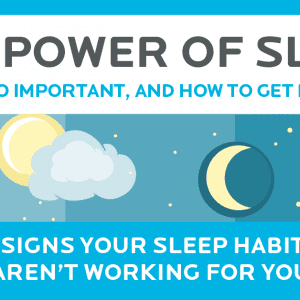
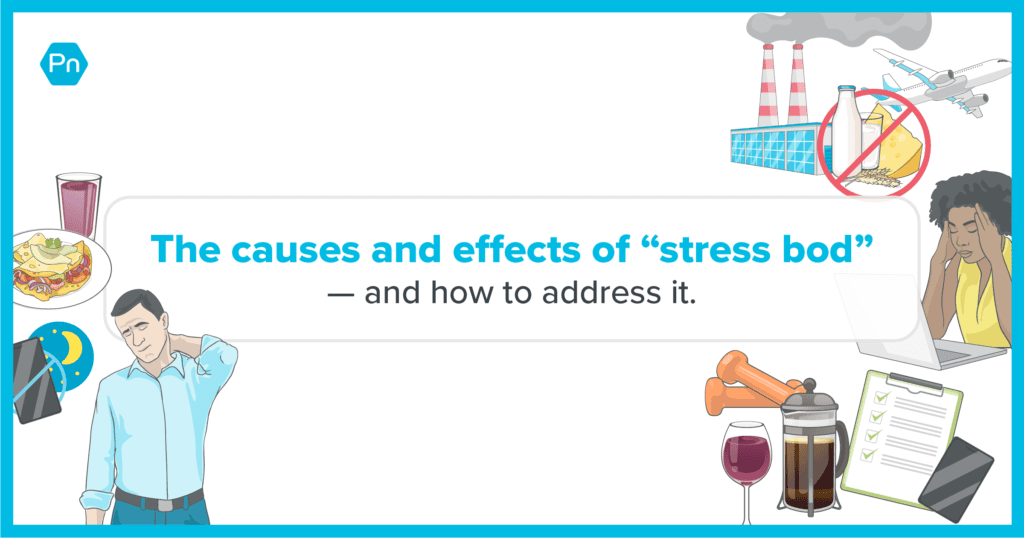
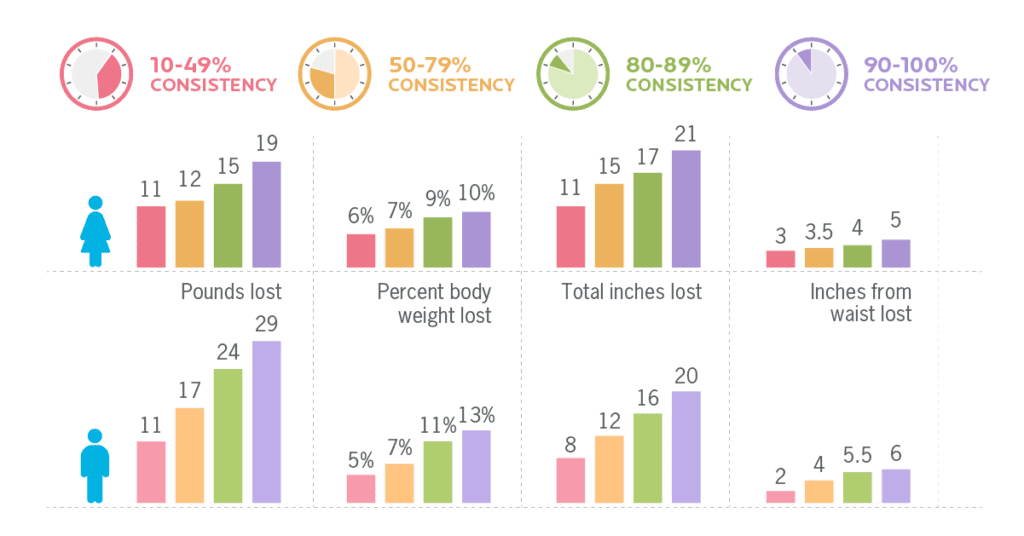
Share